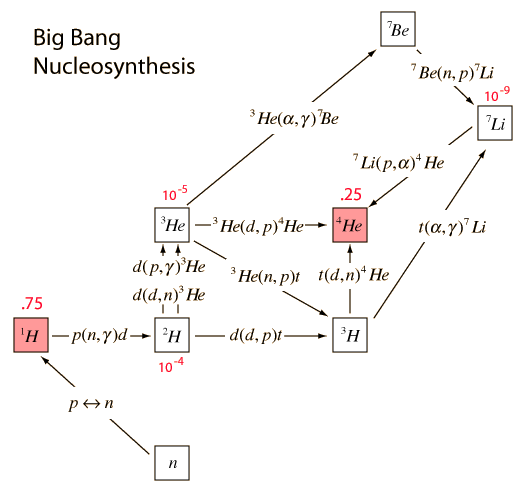Do you search for 'nucleosynthesis models'? You can find questions and answers on the topic here.
Equally it happened, some Lemaître and Hoyle's models of nucleosynthesis would be requisite to explain the elemental abundances stylish the universe. The goal of the theory of nucleosynthesis is to excuse the vastly differing abundances of the chemical elements and their several isotopes from the linear perspective of natural processes.
Table of contents
- Nucleosynthesis models in 2021
- Stellar nucleosynthesis stops at the element iron because there are
- Supernova nucleosynthesis elements formed
- Nucleosynthesis reactions
- Stellar nucleosynthesis
- Nucleosynthesis models 06
- Nucleosynthesis models 07
- Nucleosynthesis models 08
Nucleosynthesis models in 2021
 This picture illustrates nucleosynthesis models.
This picture illustrates nucleosynthesis models.
Stellar nucleosynthesis stops at the element iron because there are
 This image illustrates Stellar nucleosynthesis stops at the element iron because there are.
This image illustrates Stellar nucleosynthesis stops at the element iron because there are.
Supernova nucleosynthesis elements formed
 This image illustrates Supernova nucleosynthesis elements formed.
This image illustrates Supernova nucleosynthesis elements formed.
Nucleosynthesis reactions
 This picture illustrates Nucleosynthesis reactions.
This picture illustrates Nucleosynthesis reactions.
Stellar nucleosynthesis
 This image illustrates Stellar nucleosynthesis.
This image illustrates Stellar nucleosynthesis.
Nucleosynthesis models 06
 This picture representes Nucleosynthesis models 06.
This picture representes Nucleosynthesis models 06.
Nucleosynthesis models 07
 This picture shows Nucleosynthesis models 07.
This picture shows Nucleosynthesis models 07.
Nucleosynthesis models 08
 This image demonstrates Nucleosynthesis models 08.
This image demonstrates Nucleosynthesis models 08.
How to calculate the effects of BBN in nucleosynthesis?
The key parameter which allows one to calculate the effects of BBN is the baryon/photon number ratio, which is a small number of order 6 × 10 −10. This parameter corresponds to the baryon density and controls the rate at which nucleons collide and react; from this it is possible to calculate element abundances after nucleosynthesis ends.
When did the theory of nucleosynthesis begin?
History of theory. The history of Big Bang nucleosynthesis began with the calculations of Ralph Alpher in the 1940s. Alpher published the Alpher–Bethe–Gamow paper that outlined the theory of light-element production in the early universe.
How does nucleosynthesis take place in a supernova?
Supernova nucleosynthesis within exploding stars is largely responsible for the elements between oxygen and rubidium: from the ejection of elements produced during stellar nucleosynthesis; through explosive nucleosynthesis during the supernova explosion; and from the r-process (absorption of multiple neutrons) during the explosion.
When did nucleosynthesis start in the Big Bang?
Nucleosynthesis is the process that creates new atomic nuclei from pre-existing nucleons, primarily protons and neutrons. The first nuclei were formed about three minutes after the Big Bang, through the process called Big Bang nucleosynthesis.
Last Update: Oct 2021